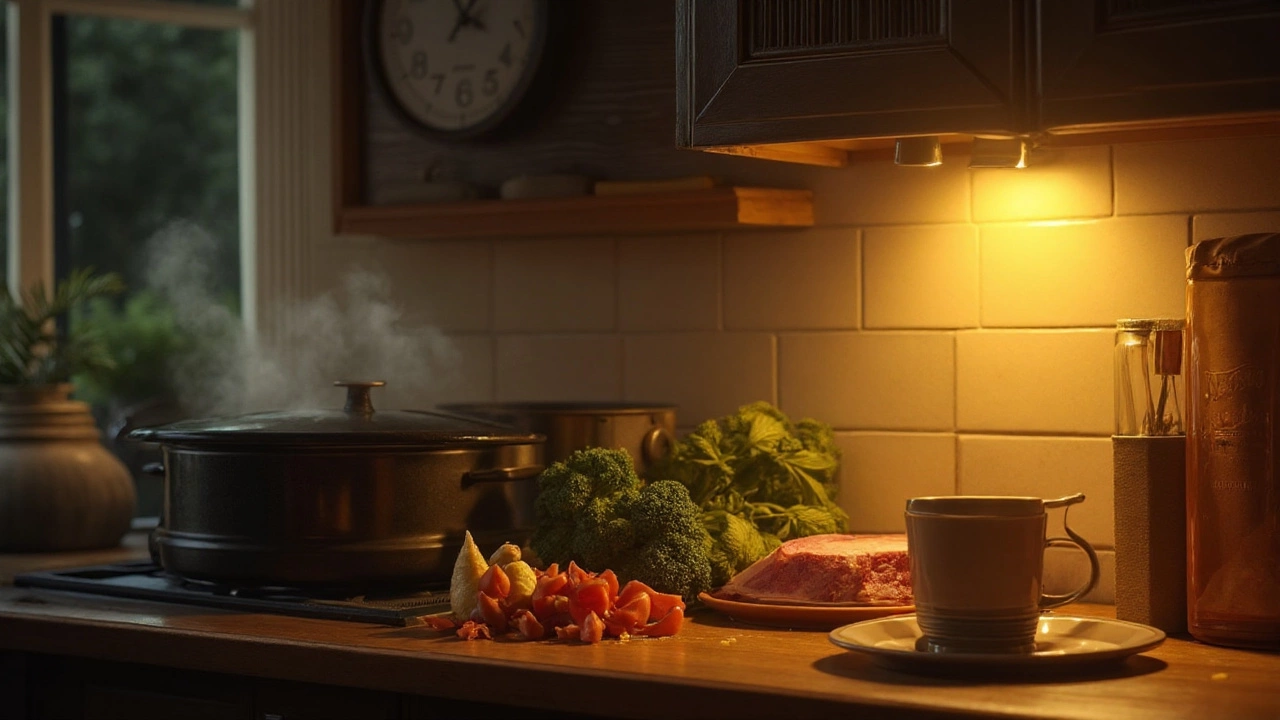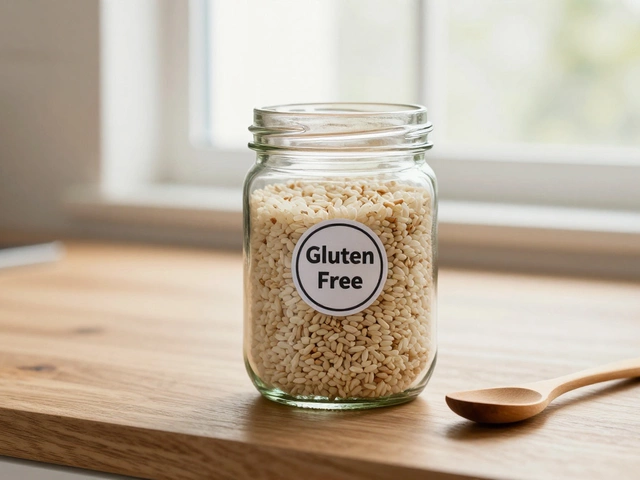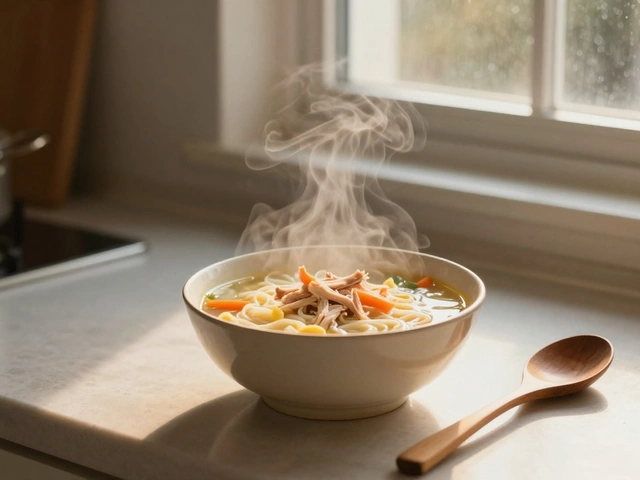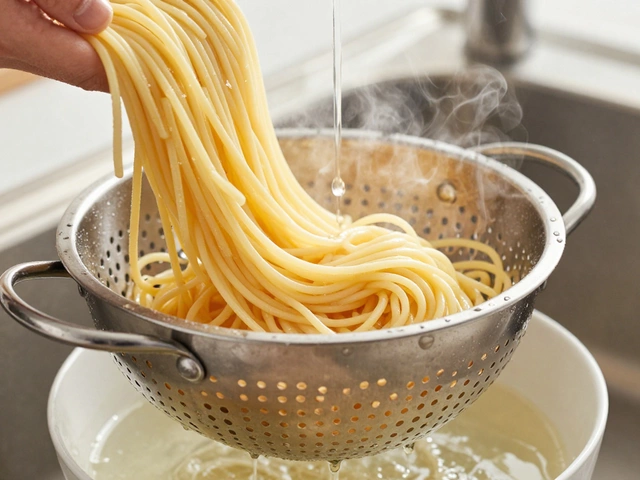Warming Setting: Keep Food Hot, Safe, and Tasty
Ever wondered why your leftovers get soggy or why a slow‑cooker meal loses its zing after hours? The answer is often the warming setting. It’s not just a "keep‑warm" button; it’s a tool you can use to lock in flavor, avoid food‑borne risks, and stretch a tight budget.
How to Use the Warming Setting Effectively
First, treat the warming function like a low‑heat oven. Most appliances keep food between 140°F and 165°F. That range is hot enough to stop bacteria but cool enough not to overcook. If you’re using a slow cooker, set it to "low" for the last 30‑45 minutes of cooking, then switch to "warm" to finish the dish without burning the bottom.
Second, cover your pots or pans tightly. A lid traps steam, which means the food stays moist and the heat circulates evenly. If your device has a built‑in lid, don’t pry it off to peek – every time you open it you lose precious heat and invite contaminants.
Third, keep an eye on timing. The warming setting is great for holding a meal for a short period, but not for a whole day. Aim for a maximum of two hours after cooking finishes. Anything longer and you risk the "danger zone" (40°F‑140°F) where bacteria multiply fast. For longer storage, move the food to the fridge and reheat later.
Best Recipes for a Warm Setting
Now that you know the basics, let’s talk dishes that actually benefit from a warm hold. The Frugal Dinner Ideas post shows how a one‑pot lentil stew stays perfect on "warm" for a family dinner. Add a splash of water or broth midway, and the stew stays fluffy rather than drying out.
If you feed a crowd, the How to Feed 8 People Cheaply guide recommends a baked pasta casserole. Cook the pasta and sauce, then set the oven to the warm setting (about 150°C) while you finish the side salad. The casserole stays melty without turning to a crust.
For slow‑cooker fans, the Crockpot Danger Zone article explains why you should finish a chicken chili on "low" for the last hour, then move to "warm" while you chop toppings. This keeps the chili hot, safe, and ready to serve without extra stovetop work.
Vegetarian cooks can try the Best Vegetables with Protein That Rival Meat recipe. Roast chickpeas and cauliflower, then keep them on the warming tray while you steam broccoli. The warm tray prevents the veggies from cooling down and keeps the protein punch intact.
Finally, the Smart Ways To Feed a Family of 4 On a Tight Budget post suggests a layered rice and bean bake. After baking, switch the oven to warm for 20 minutes while you set the table. The rice stays fluffy, the beans stay saucy, and you save energy.
Putting these tips into practice means fewer trips to the stove, safer food, and meals that taste fresh even after an hour of waiting. Next time you see a "warm" button, think of it as a low‑heat finish line for your recipe, not just a parking spot for leftovers.

Is It Safe to Leave Meat in the Crockpot on Warm Overnight?
by Landon Weathers / 7 Aug 2025Wondering if you can leave meat in the crockpot on warm overnight? Discover the facts, food safety rules, and real-life tips for keeping your meal safe and tasty.




